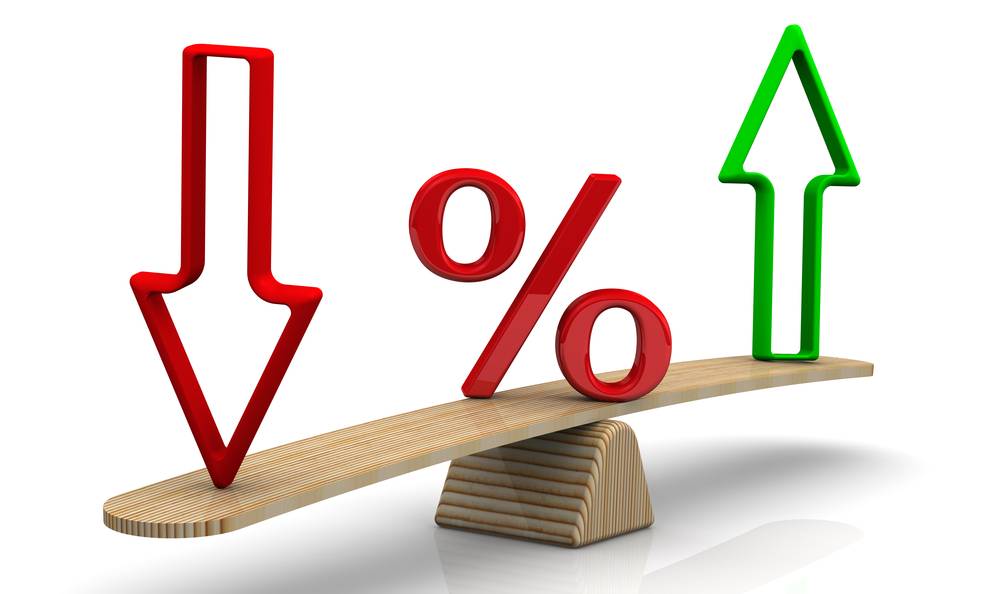 Last updated: December 17th, 2019 5:16 PM
Last updated: December 17th, 2019 5:16 PM
GST Rate Change Implications
Goods and Service Tax has just completed its first year. The basic intention behind the introduction of Goods and Service Tax was to make India ‘One nation, one market, one tax’. However, with the rollout of Goods and Service Tax, tax slab for various goods and services changed. Generally, goods and services are divided into 5 tax slabs under GST. The five tax slabs are 0%, 5%, 12%, 18% and 28%. Basically, all the goods and services that are essentials attracts 0% or 5% GST rates and on the other hand items/services with the highest luxury and de-merit goods attract higher rates. Due to various representation from the respective field, demanding change in GST rates, GST council needs to come up with frequent change in rate every now and then effecting taxation of various goods and services. In this article, we look at the various GST rate change implications. Find GST rate and HSN code.Factors Affecting Applicable Rates
In order to determine the applicable, rates in case of a change in rates, the following three events are crucial –- Date of issue of an invoice;
- Date of payment;
- Period of completion of supply.
- When goods or services or both have been supplied before the change in the rate of tax (i.e. supply affected before the change in rate); and
- When goods or services or both have been supplied after the change in the rate of tax (i.e. supply affected after the change in rate).
| Invoice | Payment | Applicable Time of Supply | Applicable Rate |
| Invoice issued after the change in rate | Payment received after the change in rate | Date of payment or date of invoice, whichever earlier | New rate |
| Invoice issued before the change in rate | Payment received after the change in rate | Date of invoice | Old rate |
| Invoice issued after the change in rate | Payment received before the change in rate | Date of payment | Old rate |
| Invoice | Payment | Applicable Time of Supply | Applicable Rate |
| Invoice issued before the change in rate | Payment received before the change in rate | Date of payment or date of invoice, whichever earlier | Old rate |
| Invoice issued before the change in rate | Payment received after the change in rate | Date of payment | New rate |
| Invoice issued after the change in rate | Payment received before the change in rate | Date of invoice | New rate |
- The date on which the payment is entered in the books of account of the supplier; or
- The date on which the payment is credited to the bank account of the recipient, whichever earlier.
Popular Post

In the digital age, the convenience of accessing important documents online has become a necessity...

The Atalji Janasnehi Kendra Project that has been launched by the Government of Karnataka...

The Indian Divorce Act governs divorce among the Christian couples in India. Divorce...

When an individual has more than a single PAN card, it may lead to that person being heavily penalised, or worse,...

Employees Provident Fund (PF) is social security and savings scheme for employee in India. Employers engaged...


